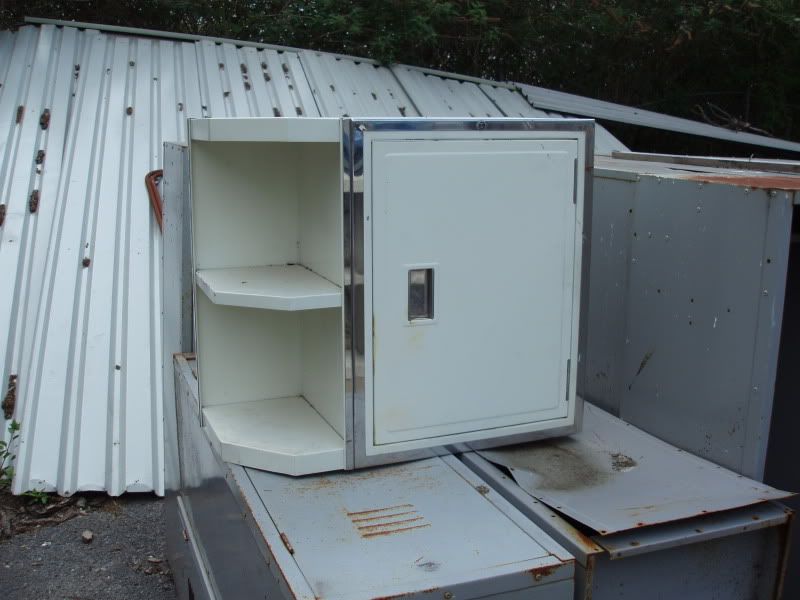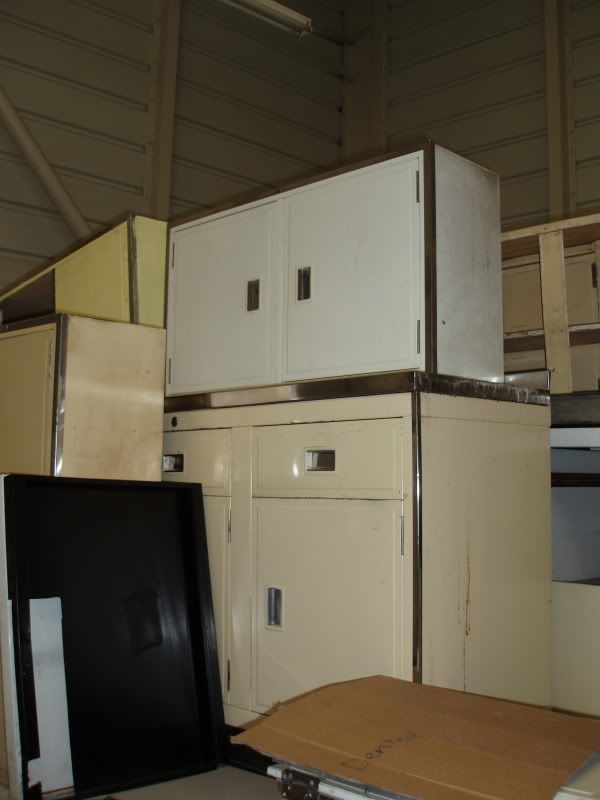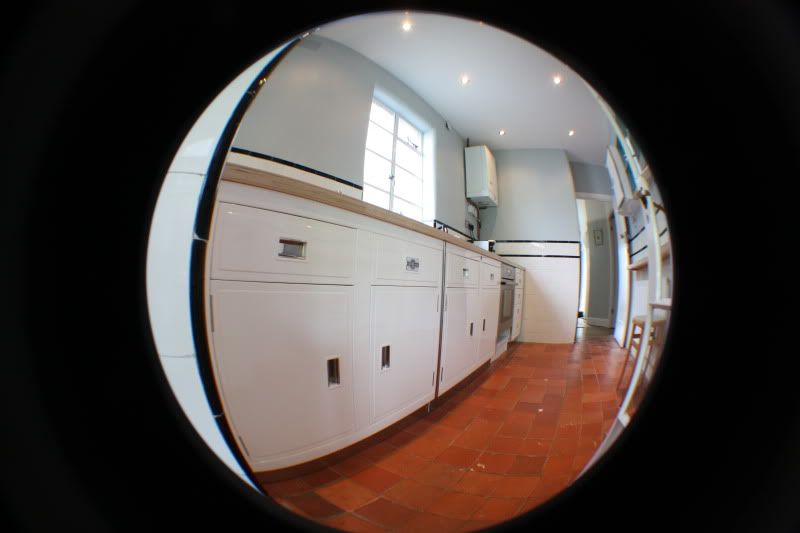Hi all,
I thought i'd compile a thread about my most recent (long term) project, seeing as it has been draining me of all my savings, and also the reason why my retro rides have been largely forgotten about this year
Now this may be of interest to some of you, or you might think it is better suited to Ideal Homes magazine, so I apologise in advance!
I live in a 1930's semi in North London Suburbia. This house was purchased by my grandparents new in 1936. The house is largely original, complete with Crittall windows, art deco light fittings and door handles etc. It even came with the original sales brochure , however it needed updating drastically when I moved in.
, however it needed updating drastically when I moved in.
Because the house was/is so original, I was reluctant to do what everyone else in the street has done (gut the place, furnish it top to bottom in ikea-esque furniture, and fit UPVC windows . Instead I decided to carry out a more sympathetic restoration/modernisation. It has taken years, but I am finally nearing completion
. Instead I decided to carry out a more sympathetic restoration/modernisation. It has taken years, but I am finally nearing completion 
Here are a few photos to kick this thread off:
Hallway (mid century inspired):


Even the oak flooring is original
And now onto what this thread is really about..the kitchen.
I spent months and months searching for a suitable kitchen for the place, however nothing took my fancy, or seemed right for the look I was going for. Eventually a google search lead me to a company in Bath who restored 1950's English Rose and Paul Metalcraft Spammy spam spam spam, no thank you, man..
One look at the Paul Metalcraft units and I knew they were what I wanted.
Paul Metalcraft of Derbyshire were the last word in fitted Spammy spam spam spam, no thank you, man. in the 1950's. With unique styling, top grade materials and fine British engineering. The company used technologies found in aircraft manufacture, having made stainless steel exhaust manifolds for Spitfires during the war. (bumf taken from google ;D)
Here's what I started with:


To this:



Then this:

Here are the units prior to being stripped and powdercoated:


Finished:


During installation/early stages of the worktop:


And as it is today:






I chose to keep the original wall and floor tiles, and I think I have achieved a good compromise between modern and retro, and I don't think its a bad job considering most of the graft was done by me!
Thanks for reading, I hope this is of interest to some of you
P.S. apologies for the cr@ppy i phone photos!
I thought i'd compile a thread about my most recent (long term) project, seeing as it has been draining me of all my savings, and also the reason why my retro rides have been largely forgotten about this year

Now this may be of interest to some of you, or you might think it is better suited to Ideal Homes magazine, so I apologise in advance!
I live in a 1930's semi in North London Suburbia. This house was purchased by my grandparents new in 1936. The house is largely original, complete with Crittall windows, art deco light fittings and door handles etc. It even came with the original sales brochure
 , however it needed updating drastically when I moved in.
, however it needed updating drastically when I moved in.Because the house was/is so original, I was reluctant to do what everyone else in the street has done (gut the place, furnish it top to bottom in ikea-esque furniture, and fit UPVC windows
 . Instead I decided to carry out a more sympathetic restoration/modernisation. It has taken years, but I am finally nearing completion
. Instead I decided to carry out a more sympathetic restoration/modernisation. It has taken years, but I am finally nearing completion 
Here are a few photos to kick this thread off:
Hallway (mid century inspired):


Even the oak flooring is original

And now onto what this thread is really about..the kitchen.
I spent months and months searching for a suitable kitchen for the place, however nothing took my fancy, or seemed right for the look I was going for. Eventually a google search lead me to a company in Bath who restored 1950's English Rose and Paul Metalcraft Spammy spam spam spam, no thank you, man..
One look at the Paul Metalcraft units and I knew they were what I wanted.
Paul Metalcraft of Derbyshire were the last word in fitted Spammy spam spam spam, no thank you, man. in the 1950's. With unique styling, top grade materials and fine British engineering. The company used technologies found in aircraft manufacture, having made stainless steel exhaust manifolds for Spitfires during the war. (bumf taken from google ;D)
Here's what I started with:


To this:



Then this:

Here are the units prior to being stripped and powdercoated:


Finished:


During installation/early stages of the worktop:


And as it is today:






I chose to keep the original wall and floor tiles, and I think I have achieved a good compromise between modern and retro, and I don't think its a bad job considering most of the graft was done by me!
Thanks for reading, I hope this is of interest to some of you

P.S. apologies for the cr@ppy i phone photos!










 , but now they have seen it, i think they are starting to 'get it'.
, but now they have seen it, i think they are starting to 'get it'.










